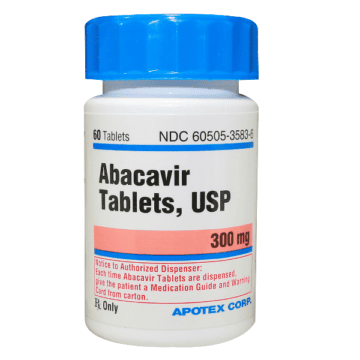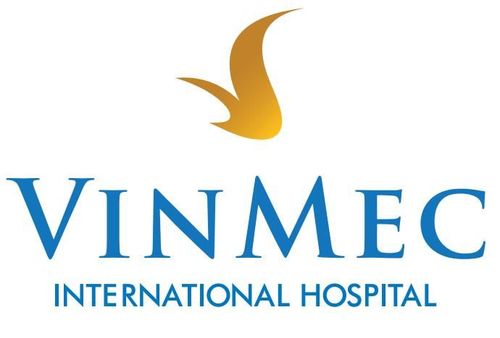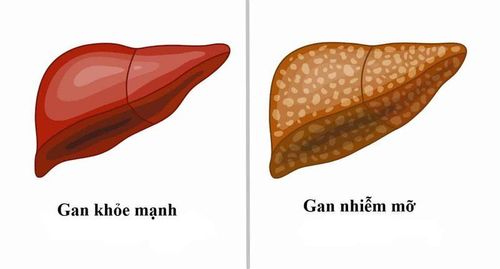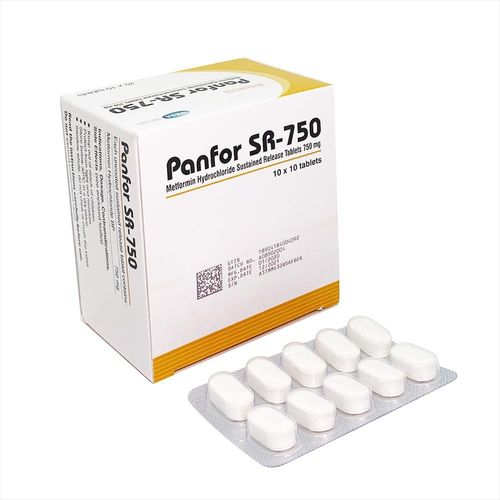This is an automatically translated article.
Metabolic syndrome is defined as a group of cardiovascular metabolic risk factors associated with insulin resistance. In addition to the importance of each individual risk factor, the combination of abdominal obesity, impaired glucose metabolism, dyslipidemia, and hypertension is collectively known as the metabolic syndrome, which individuals have an increased risk of. markedly increased risk of type 2 diabetes and cardiovascular disease.1. The metabolic syndrome of obesity
Not all overweight or obese individuals have metabolic disorders, but most have insulin resistance. Central obesity is thought to be the starting step of the pathogenesis. Visceral fat secretes a variety of biologically active substances called adipocytokines such as leptin, resistin, tumor necrosis factor α (TNFα), interleukin-6 (IL-6), and angiotensin II that lead to insulin resistance , together with a plasminogen activator inhibitor (PAI-1), has been implicated in embolic vascular diseases.Remarkably, adiponectin - an important adipocytokine that protects against the development of type 2 diabetes, hypertension, inflammation, atherosclerosis and vascular disease - is decreased in people with fat accumulation viscera, and this may be causally related to metabolic syndrome.
Other compounds produced by adipose tissue that can cause metabolic syndrome are non-esterified free fatty acids (FFAs). In the presence of insulin resistance, the mobilization of FFAs from triglycerides stored in adipose tissue is increased. In the liver, FFAs have the effect of increasing glucose and triglyceride production and VLDL secretion, forming a vicious cycle. In addition, FFAs also reduce insulin sensitivity in muscle by inhibiting glucose uptake, increasing fibrinogen and PAI-1 production.

Không phải tất cả những trường hợp thừa cân hoặc béo phì có rối loạn chuyển hóa, nhưng đa số họ có đề kháng insulin
The degree of insulin resistance is shown to increase with age, and therefore in the elderly are more susceptible to the development of cardiovascular metabolic risk factors and is collectively known as the metabolic syndrome. Many elderly patients often do not have the right perception when being diagnosed with metabolic syndrome, so it can easily lead to serious consequences that are disabled. Overweight, obesity, and especially the central form of fat accumulation are associated with insulin resistance.
Obesity is the result of a long-term positive energy balance based on complex interactions between environmental factors and genes. Studies in adoptive and twin families have shown a strong genetic influence and show that BMI values are related among family members despite being raised in private care. .
Besides the rare forms of obesity caused by a single gene, more than 100 genes that cause obesity in humans have been identified to date. These susceptibility genes influence weight regulation, adipocyte differentiation, and metabolism.
Based on this genetic background, environmental factors, including a sedentary lifestyle, high-energy meals, and social aspects, increase the risk of obesity. A recently published result of the Framingham study offers an interesting explanation for the worldwide increase in obesity prevalence that a person is more likely to become obese when you, a sibling or a partner of the person is obese. Social networks may also be a factor in the obesity outbreak.
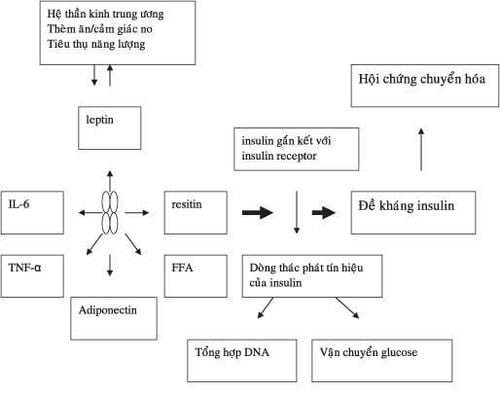
Béo phì làm tăng nguy cơ cho nhiều bệnh lý kèm theo, và những tiến bộ gần đây về sinh học mô mỡ cho một cái nhìn sâu hơn về các cơ chế sinh bệnh học phức tạp
Most common forms of obesity are characterized by high circulating leptin levels and resistance to leptin. Leptin is structurally similar to proinflammatory cytokines, such as interleukin (IL)-6, whose IL influences insulin action. The cells of the vascular stroma in adipose tissue, and especially visceral fat, are important sources of IL-6 production. Tumor necrosis factor alpha (TNF-α) is another well-studied adipocytokine and may be associated with obesity, subclinical inflammation, and insulin resistance. TNF-a reduces insulin action by inhibiting the transition of adiponectin. New adipocytokines that differ from the recently discovered effects on insulin sensitivity include visfatin, which increases the production of IL-6 and TNF-α, the retinol-binding protein-4, vaspin, and omentin.
Besides the adipocytokines, the rush of fatty acids from adipose tissue is the main cause of the development of the metabolic syndrome. Free fatty acids are released from adipose tissue triglycerides through hormone-sensitive lipase activity, and from triglyceride-rich lipoproteins through lysis of adipose tissue by lipoprotein lipase. Because both of these mechanisms are regulated by insulin, insulin resistance leads to a further increase in the release of free fatty acids from adipose tissues and a decreased clearance of triglyceride-rich lipoproteins.
Increased plasma levels of free fatty acids, associated with a higher degree of insulin resistance, lead to a reduced inhibitory effect of insulin on hepatic glucose production and lipogenesis. The result is lipid deposition at extraneous sites such as the liver, skeletal muscle, and pancreatic islets, which may occur with decreased function of specific organs (fat poisoning). In addition, it has been hypothesized that a high-energy diet - as an initiating event for the development of insulin resistance - overloads adipose tissue, the ability to store free fatty acids in cells. excessive fat, and lipids accumulating in foreign sites (overflow hypothesis).
2. Diet for people with metabolic disorders
2.1.Reducing fat (lipid) intake Depending on BMI, fat should only account for 15-20% of total energy with the ratio: saturated fat accounts for 1/3 of total fat, 1/3 is fatty acids unsaturated fatty acids with double bonds and the remaining 1/3 is monounsaturated fatty acids.Should use peanut oil, olive oil, soybean oil instead of fat and should eat oily seeds such as: sesame, peanuts, chestnuts, pumpkin seeds to provide unsaturated fatty acids with many omega 3 double bonds, omega 6. Eliminate foods containing a lot of saturated fatty acids such as: fat, butter, meat broth.
Reduce cholesterol intake to less than 250mg/day by not eating foods high in cholesterol such as: brain (2,500mg%), cow oval (400mg%), pig oval (375mg), pig liver (300mg%) ), chicken liver (440mg%). Limiting these foods will help reduce the amount of cholesterol in the diet. Egg yolks are high in cholesterol, but at the same time they are high in lecithin (a substance that regulates cholesterol metabolism in the body). Therefore, in people with high blood cholesterol, it is not necessary to completely abstain from eggs, but only eat eggs l - 2 times / week, eat 1 egg each time.
2.2.Use protein in a reasonable way The amount of protein should only account for about 13 - 15% of the daily dietary energy.

Nên sử dụng thịt ít béo như thịt bò trong khẩu phần ăn
3. Prevention
Prevention and control of obesity, metabolic syndrome requires early and vigorous management based on the following key principles:Preventive measures should be especially strong for those with a family history type 2 diabetes or early coronary heart disease. Physicians should closely monitor children's growth to avoid childhood obesity and catch up with obesity. Body weight and anthropometric indices for adults should be maintained within normal limits based on recent data. According to the recent consensus statement for Asian Indians, BMI should be maintained between 18 and 22.9, and waist circumference should be maintained below 90cm for men and 8cm for women. Overweight individuals and those with abdominal obesity should be actively managed for weight loss through lifestyle measures. Detecting one component of the metabolic syndrome will lead to finding the other component and managing it.
A total of 60 minutes daily of physical activity is recommended for the prevention and management of obesity and metabolic syndrome for Asian Indians. This includes aerobic activity, work-related activity, and muscle-strengthening activities.
The diet should be balanced with carbohydrates (55-65% of calories) with emphasis on complex carbohydrates, total fat and saturated fat limited (7-10% of total calories) , full of monounsaturated fatty acids (MUFAs), omega 3 polyunsaturated fatty acids (-3 polyunsaturated fatty acids, -3 PUFA) and fiber. Oils and foods containing trans fatty acids should be strictly avoided.
Therapeutic lifestyle changes should be encouraged from childhood, with close counseling about regular physical activity and limited use of television/Internet. According to recent guidelines for Asian Indians, children should do at least 60 minutes of outdoor physical activity. Screen time (television/computer) should be less than 2 hours a day. Healthy lifestyles should be inculcated in children through the rigorous implementation of school health programs.

Tổng cộng 60 phút hàng ngày hoạt động thể chất được khuyến khích cho công tác phòng chống và quản lý bệnh béo phì và hội chứng chuyển hóa
Please dial HOTLINE for more information or register for an appointment HERE. Download MyVinmec app to make appointments faster and to manage your bookings easily.
Article referenced source: Vietnam Cardiology Association




